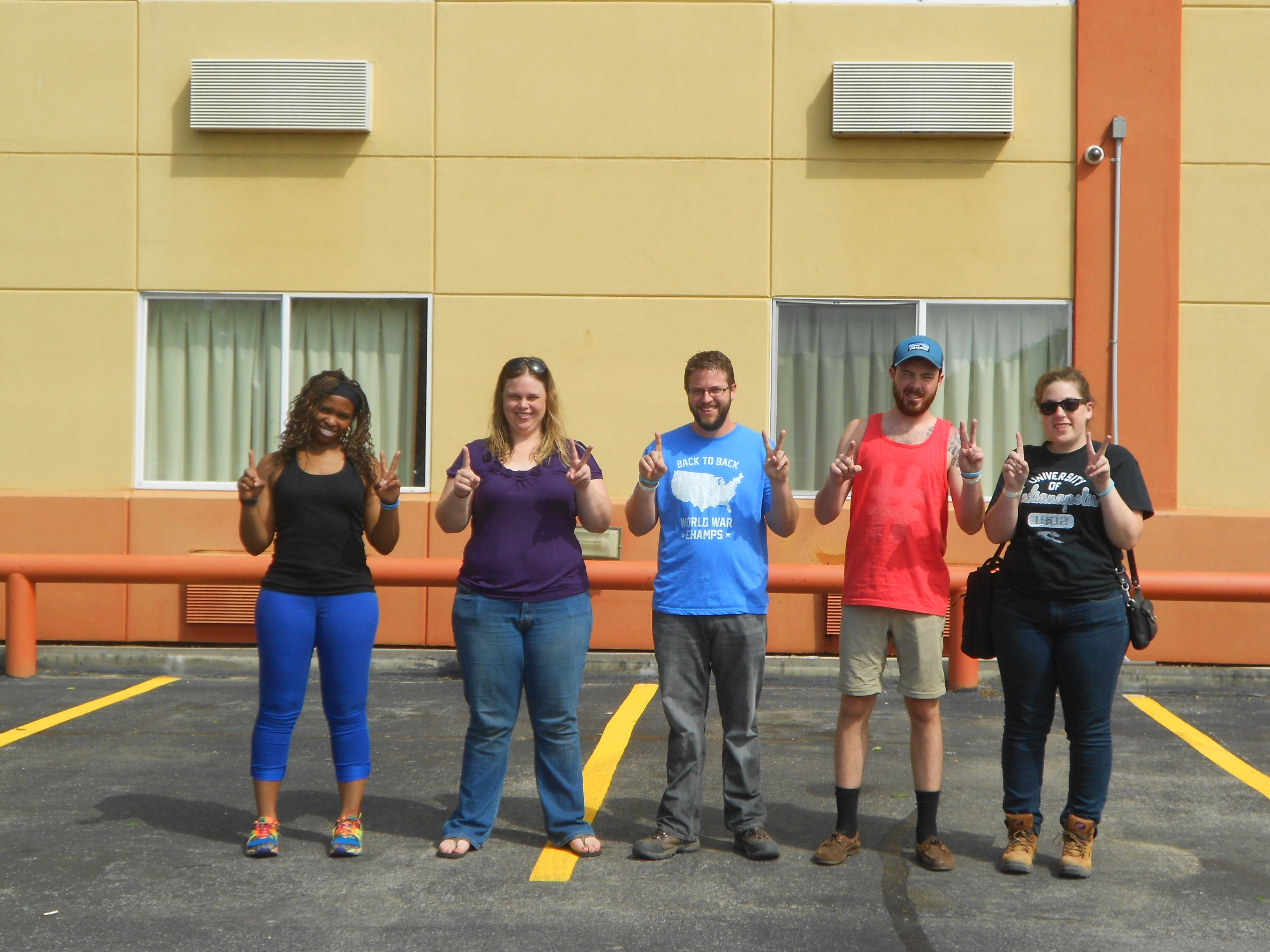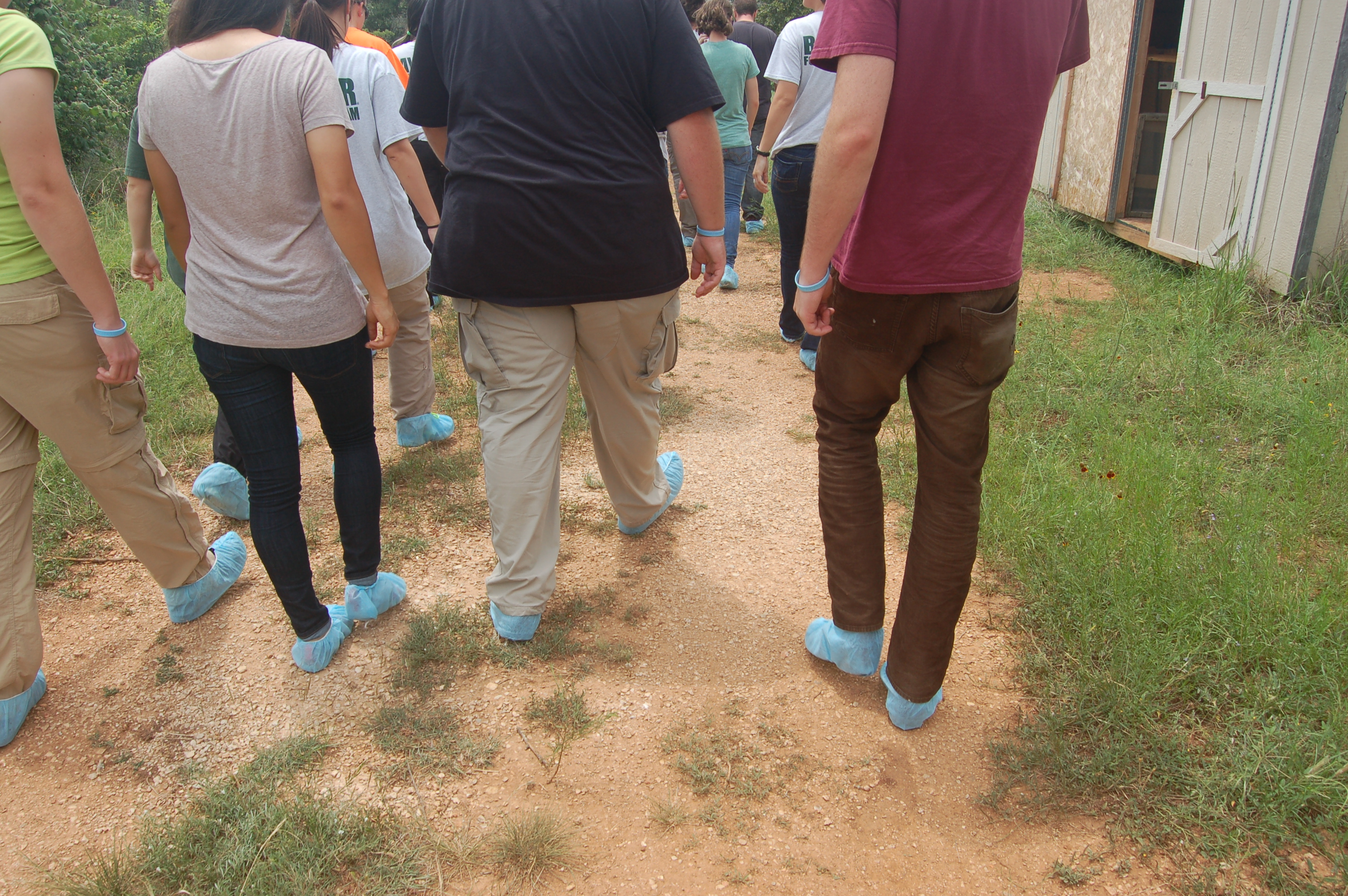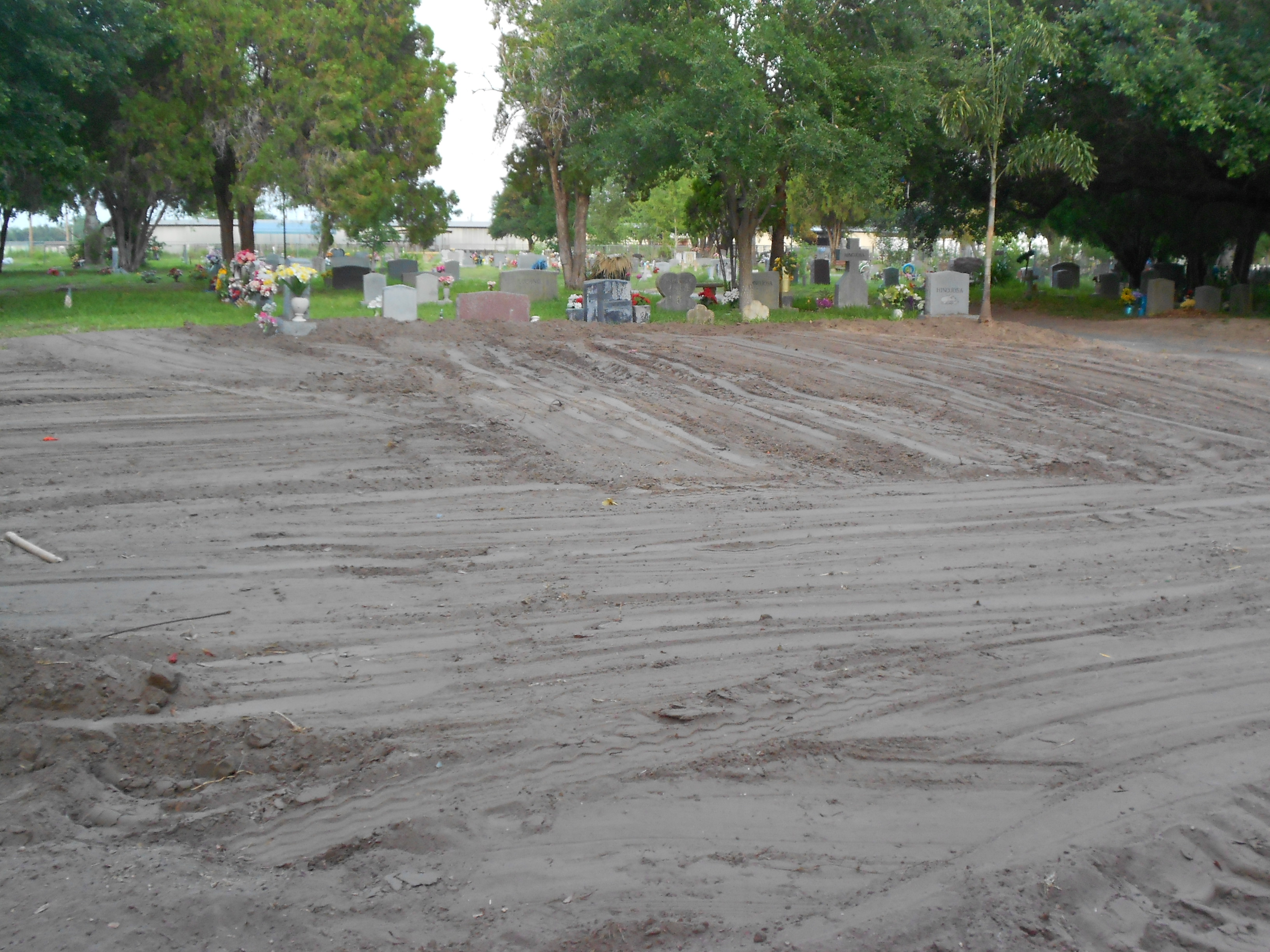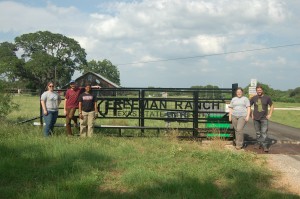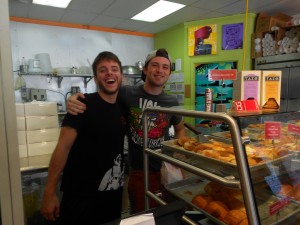
Our last morning we decided to take it slow and see a little more of San Marcos. We were happy to leave the Red Roof Inn and head out to explore more of this part of Texas. For breakfast Ryan took us to Dos Gatos for some amazing kolaches. We each got two (a savory and a sweet), plus we got a half dozen for the group to snack on later. Then we went to Mochas & Javas for coffee. We spent the morning retelling stories and reliving memories we had made during our trip. We also spent part of our time at the coffee shop doing our last team debriefing for the trip. Our debriefings were simple: 1) What did we do well yesterday, 2) How can we improve our methods, 3) Questions and 4) Plans for tomorrow. Since we weren’t in the field the previous day our discussions focused more on future plans: how we will maintain the blog as we move from the field to the lab phase of the mission, how we will process and analyze the unidentified individuals from Sacred Heart that will come to Indianapolis, how we can support our colleagues at Texas State University that are doing a large amount of processing, how we can support our colleague at California State University at Chico who is doing the isotope analysis, and how we can continue to raise funds for our return trip next year and the costs of analysis, while bringing awareness to the issue.
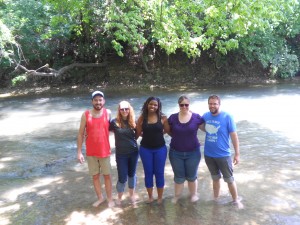
Before heading to the airport we needed to make one more San Marcos staple stop, the river. Ryan led us to one of the more secluded spots on the river where we were all able to take off our shoes and soak our tired feet. Standing in the river as the water rushed over our feet was a great way to decompress after our two weeks in Brooks County. Ryan and Justin taught us how to skip stones, we did some bird watching and mostly we just took the time to relax because we’ll be jumping right back into full schedules once we get back home. Some of us will be taking classes, teaching, working, preparing to travel for data collection and diving into the forensic caseload that accumulated while we were gone.
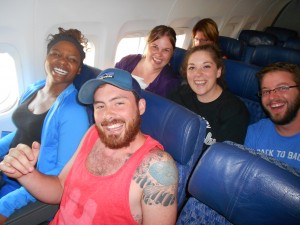
Unfortunately we did not have a ton of time to spare and had to soon head back to San Antonio to catch our flight home. Just like last summer, I learned so much from this experience. I was honored to meet the many people that would visit our site to show their support and gratitude and the many people that are also working on this human rights crisis in differing fashions. The community has been so welcoming and kind to us it is like leaving a second home, so much so that I already find myself missing Falfurrias.
